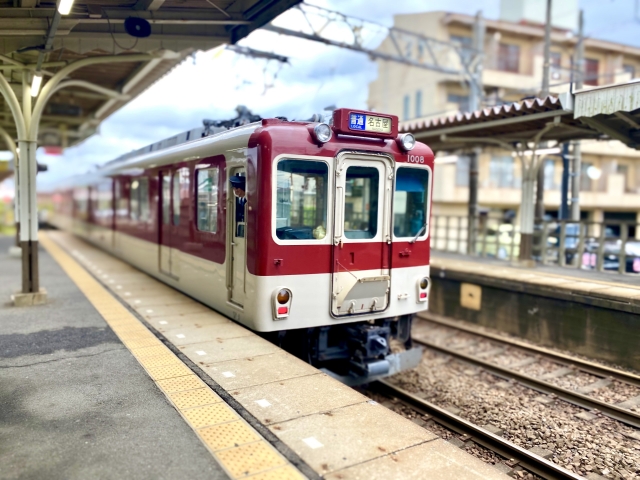Japan’s public transport system is a class apart. The system operates like a well-oiled machine, maintaining precise schedules and providing a seamless travel experience.
However, this system is not just about efficiency; it’s also a mirror reflecting the country’s deep-rooted culture of respect and etiquette. As you prepare to navigate Japan’s public transport, understanding these etiquettes will ensure a more pleasant journey for you and your fellow passengers.
Train Etiquette
Trains form the backbone of Japan’s public transportation. With an extensive network that includes everything from local commuter lines to long-distance bullet trains, the rail system is an indispensable part of the Japanese lifestyle.
But remember, the train culture in Japan is built around respect for others’ space and privacy. Here’s a look at some do’s and don’ts:
| Do’s | Don’ts |
|---|---|
| Do queue orderly on the platform and allow passengers to alight before you board. | Don’t speak loudly or make phone calls. Trains are quiet zones. |
| Do give up your seat to elderly, pregnant, or disabled passengers. | Don’t eat or drink in local trains (though it’s allowed on long-distance trains). |
Shinkansen Etiquette
The Shinkansen, or the bullet train, is not just a transport mode; it’s a symbol of Japanese efficiency and innovation. Speeding at over 300 km/h, the Shinkansen connects major cities across Japan, making it a popular choice for intercity travel.
Although the general train etiquette applies to Shinkansen too, there are a few specific tips to enhance your bullet train experience.
- Seats on Shinkansen can be reserved in advance, especially during peak travel periods like the Golden Week, Obon, and New Year holidays.
- Eating and drinking are allowed on the Shinkansen. It’s a common sight to see passengers enjoying a bento box during their journey.
- Remember to keep your ticket until the end of the journey. You will need it to exit the station.
Bus Etiquette
Buses are a reliable means of transport, especially for short distances or reaching areas not covered by trains. Like trains, buses in Japan are punctual and follow a strict timetable.
When it comes to bus etiquette, similar rules apply, but there are a few specific things to keep in mind.
| Do’s | Don’ts |
|---|---|
| Do have exact change or a transport card ready. Many buses operate on exact change. | Don’t occupy extra seats with your bags or luggage. |
| Do press the “stop” button in advance of your stop. | Don’t forget to thank the driver when you get off. |
Cab and Airplane EtiquetteDistances
While trains and buses cater to most travel needs, sometimes you might prefer the convenience of a cab, especially when traveling late at night.
For long-distance travel or when time is of essence, flights are a viable option.
Cab: More Than Just a Ride
Cabs in Japan, like everything else, are a unique experience. From automated doors to white-gloved drivers, Japanese taxis are all about providing excellent customer service. However, there are a few things to remember.
- Do not open or close the taxi doors. The driver controls them.
- Smoking is usually not allowed.
- Tipping is not a norm in Japan. The fare on the meter is all you need to pay.
Air Travel: Soaring the Japanese Skies
Japan has an extensive network of airports, making air travel an excellent option for long-distance travel. When flying in Japan, most international air travel norms apply.
However, remember to:
- Follow the instructions for boarding and disembarking orderly.
- Keep your mobile devices on silent or airplane mode during the flight.
- Use headphones if you’re listening to music or watching in-flight entertainment.
Final Thoughts
As you navigate Japan’s public transportation, remember that the essence of Japanese etiquette is about respecting others and being mindful of the collective experience. This understanding can not only make your travel smoother but also enrich your cultural experience as you explore the Land of the Rising Sun.



comment